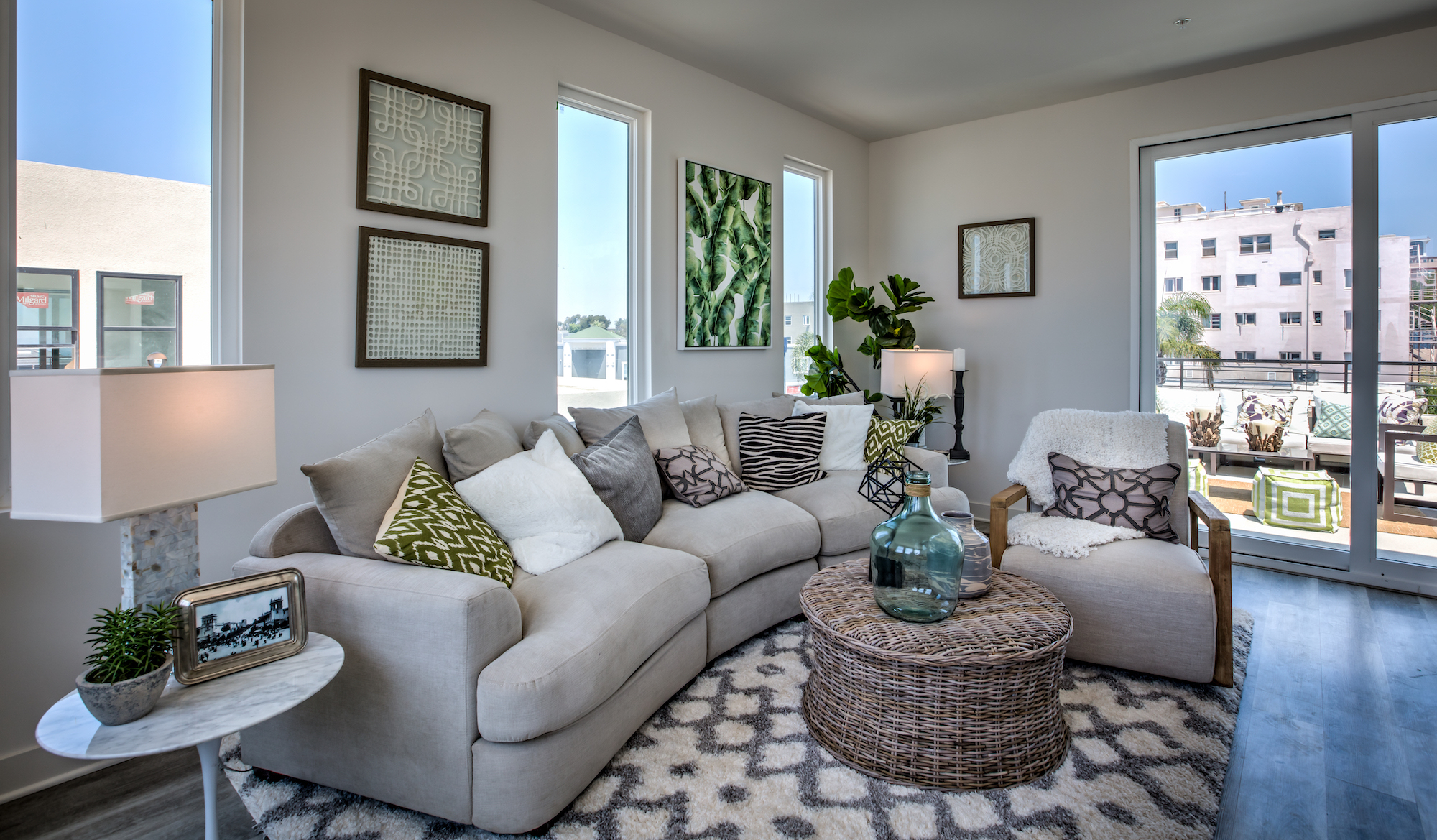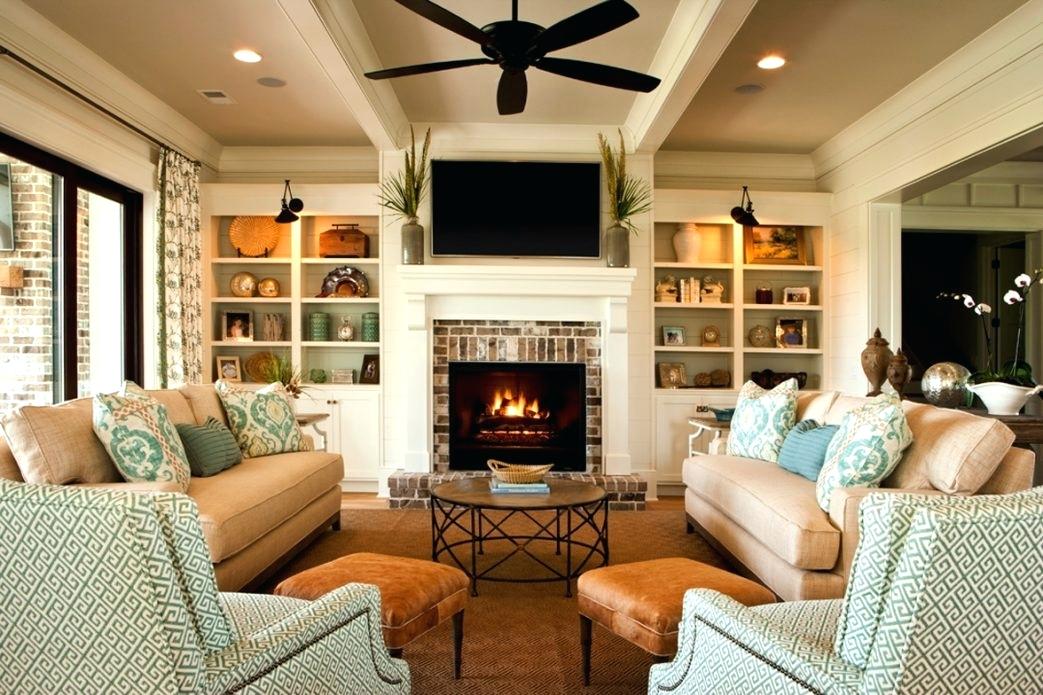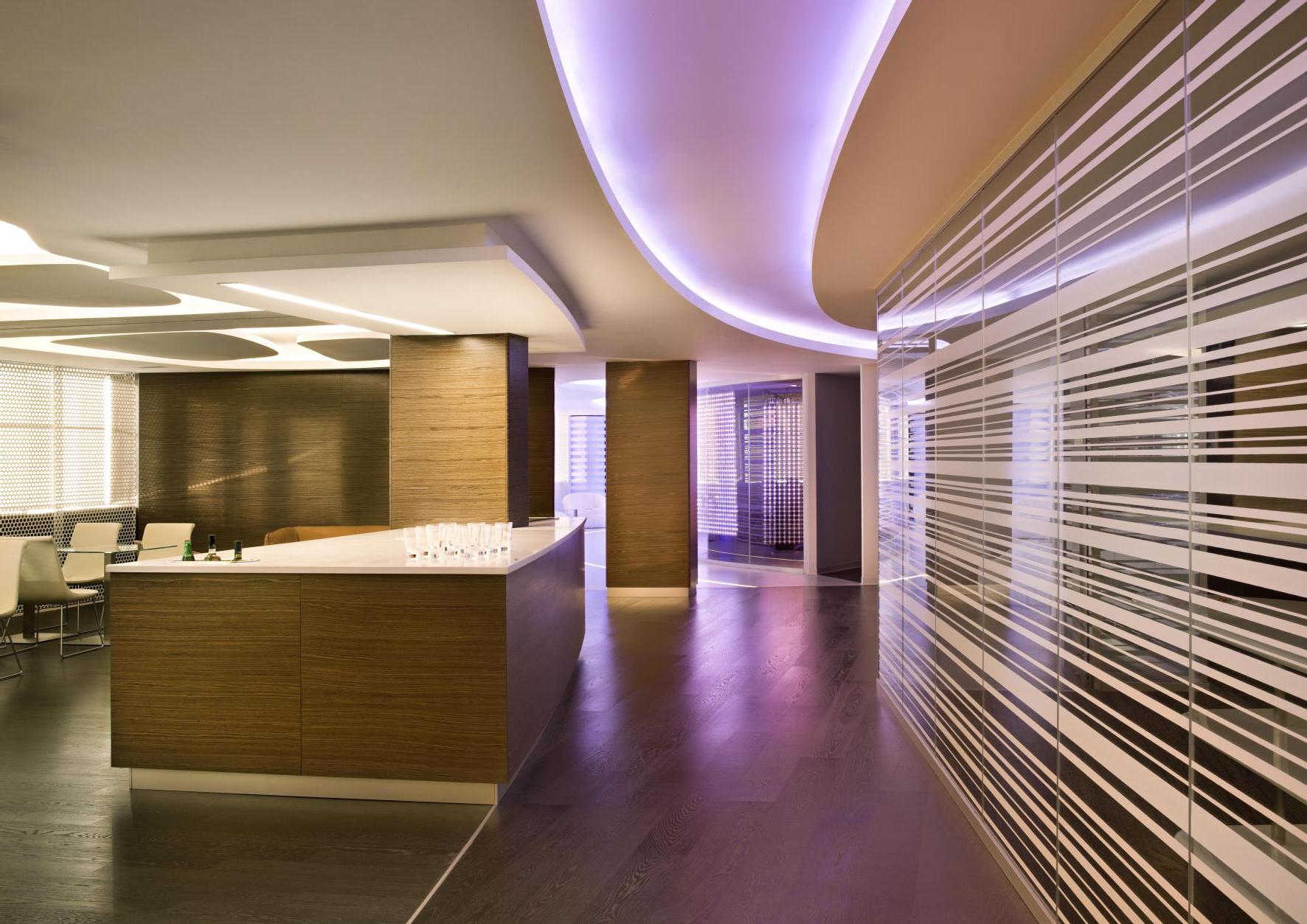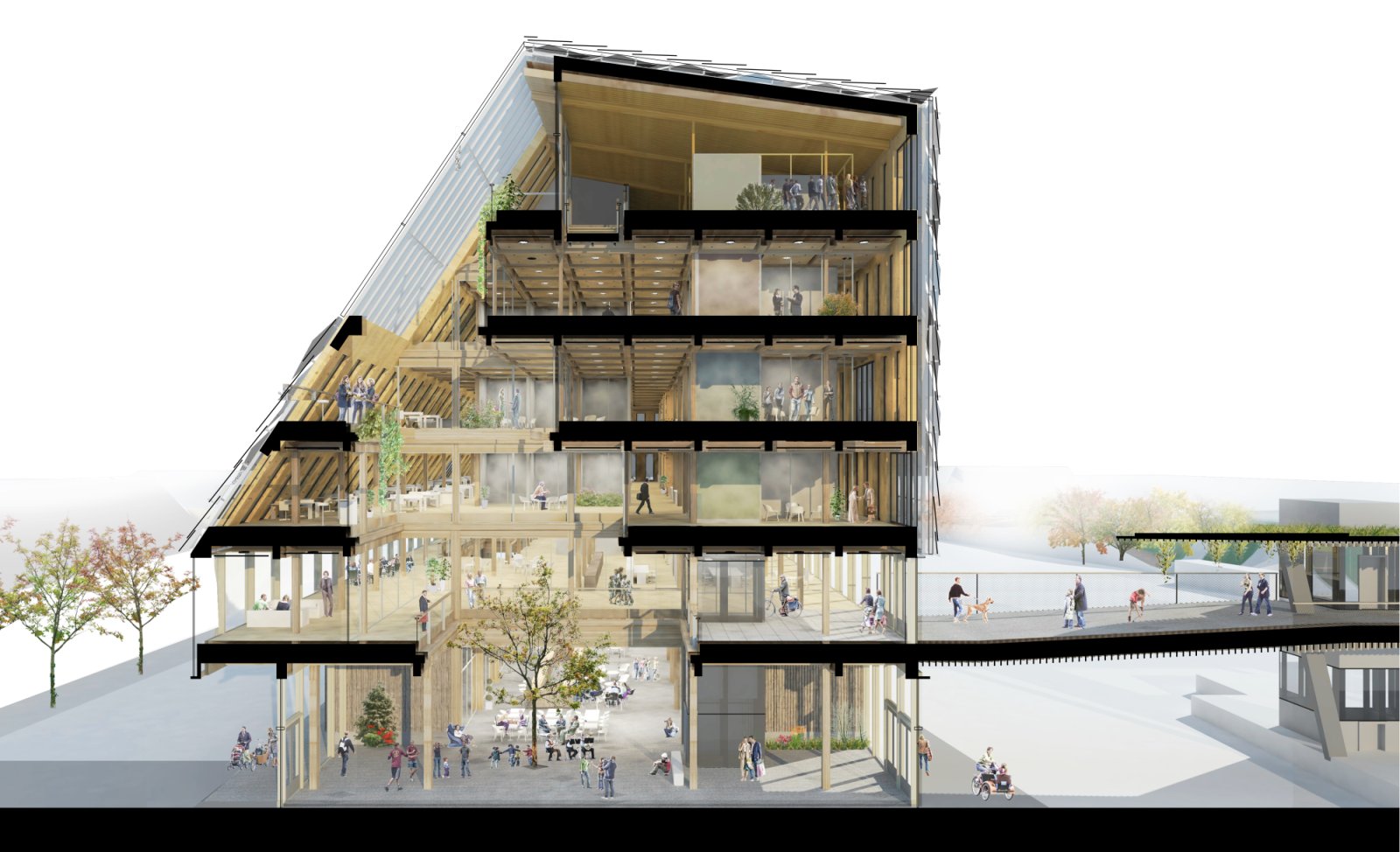Color Scheme
The color scheme is one of the most important aspects of living room design. It sets the tone and creates the overall ambiance of the space. When choosing a color scheme for your living room, it's important to consider the mood you want to create. Warm and inviting colors like earthy tones and cozy neutrals can make the room feel comfortable and relaxing, while bolder colors like rich jewel tones can add a touch of drama and sophistication.
Furniture Placement
The placement of furniture in a living room can make or break the design. Functionality should be the main consideration when deciding where to place your furniture. A good rule of thumb is to arrange the furniture in a way that promotes conversation and flow. Avoid blocking any entryways or windows, and make sure there is enough space to move around comfortably. Experiment with different layouts to find the one that works best for your living room.
Lighting
Lighting is not only essential for visibility in a living room, but it can also add to the mood and ambiance of the space. Natural light is always the best option, so make sure to utilize windows and add some sheer curtains to allow in as much light as possible. For artificial lighting, consider a mix of overhead lighting and accent lighting such as table lamps and floor lamps. This will create layers of light and add to the overall balance and ambiance of the room.
Texture
The use of different textures can add depth and interest to a living room design. Soft and plush fabrics like velvet and chenille can add a cozy and welcoming feel, while rough and natural materials like wood and jute can add a touch of rustic charm. Mix and match different textures to create a rich and inviting feel in your living room.
Balance
Balance is key in any living room design. It's important to distribute visual weight evenly throughout the space. This can be achieved by grouping furniture and decor items in odd numbers and varying their heights. Balancing different textures and colors throughout the room is also important to create a harmonious and pleasing aesthetic.
Functionality
When designing a living room, it's important to consider the functionality of the space. This includes how many people will be using the room, what activities will take place, and how much storage is needed. Multi-functional furniture, such as ottomans with storage or coffee tables with shelves, can be a great way to maximize the functionality of your living room.
Proportion
Proportion is all about scale and balance. It's important to choose furniture and decor items that are proportionate to the size of your living room. Oversized furniture in a small room can make the space feel cramped, while small furniture in a large room can make it feel empty and uninviting. Experiment with different sizes and arrangements to find the right balance for your living room.
Flow
Flow is the movement and continuity within a living room design. It's important to create a sense of cohesiveness and balance throughout the space. This can be achieved by repeating certain colors or textures throughout the room, creating visual pathways with furniture and decor, and keeping traffic areas clear and unobstructed. Good flow will make the room feel harmonious and inviting.
Harmony
Harmony is the cohesive and pleasing combination of all the design elements in a living room. It's important to balance different colors, textures, and styles to create a unified and harmonious look. Stick to a color scheme and choose pieces that complement each other to create a harmonious living room design.
Personalization
Finally, don't forget to add your own personal touch to your living room design. This could be through family photos, artwork, or decor items that reflect your personality and interests. Personalization adds a warmth and uniqueness to the space, making it truly yours.
The Importance of Color and Lighting in Living Room Design

Bringing Life and Ambiance to Your Space
 When it comes to designing your living room, there are two key elements that can make or break the overall look and feel of the space: color and lighting. These two elements work hand in hand to create the perfect ambiance and bring life to your living room. In this article, we will discuss the importance of color and lighting in living room design and how you can use them to create a beautiful and inviting space.
Color:
The use of color in living room design is crucial as it sets the tone for the entire space. It is important to choose a color scheme that reflects your personal style and complements the overall theme of your house. Bold and vibrant colors can add energy and personality to the room, while soft and muted tones can create a more calming and serene atmosphere. Using
neutral colors
as a base and then adding pops of
accent colors
through accessories and décor is a great way to create a balanced and cohesive look.
When it comes to designing your living room, there are two key elements that can make or break the overall look and feel of the space: color and lighting. These two elements work hand in hand to create the perfect ambiance and bring life to your living room. In this article, we will discuss the importance of color and lighting in living room design and how you can use them to create a beautiful and inviting space.
Color:
The use of color in living room design is crucial as it sets the tone for the entire space. It is important to choose a color scheme that reflects your personal style and complements the overall theme of your house. Bold and vibrant colors can add energy and personality to the room, while soft and muted tones can create a more calming and serene atmosphere. Using
neutral colors
as a base and then adding pops of
accent colors
through accessories and décor is a great way to create a balanced and cohesive look.
Lighting:
 Lighting is another important aspect of living room design as it not only illuminates the space but also adds depth and dimension.
Natural lighting
is always the best option, so make sure to incorporate windows or skylights if possible. However, for those who do not have access to natural light, artificial lighting can do the trick.
Overhead lighting
can provide general lighting, while
table lamps
and
floor lamps
can add a warm and cozy feel to the room.
Dimmer switches
are also a great option as they allow you to adjust the lighting based on the mood and occasion.
Lighting is another important aspect of living room design as it not only illuminates the space but also adds depth and dimension.
Natural lighting
is always the best option, so make sure to incorporate windows or skylights if possible. However, for those who do not have access to natural light, artificial lighting can do the trick.
Overhead lighting
can provide general lighting, while
table lamps
and
floor lamps
can add a warm and cozy feel to the room.
Dimmer switches
are also a great option as they allow you to adjust the lighting based on the mood and occasion.
Creating Balance and Harmony:
 When it comes to using color and lighting in living room design, it is important to create a sense of balance and harmony. This can be achieved by choosing
complementary colors
and
proper lighting placement
. For example, if you have a bold and vibrant accent wall, balance it out with neutral-colored furniture and soft lighting. This will prevent the room from feeling overwhelming and create a harmonious flow.
In conclusion, color and lighting are two key elements in living room design that should not be overlooked. By choosing the right color scheme and incorporating proper lighting, you can transform your living room into a beautiful and inviting space that reflects your personal style and creates the perfect ambiance for you and your guests. So next time you are designing your living room, remember the importance of color and lighting and use them to create a space that is both functional and aesthetically pleasing.
When it comes to using color and lighting in living room design, it is important to create a sense of balance and harmony. This can be achieved by choosing
complementary colors
and
proper lighting placement
. For example, if you have a bold and vibrant accent wall, balance it out with neutral-colored furniture and soft lighting. This will prevent the room from feeling overwhelming and create a harmonious flow.
In conclusion, color and lighting are two key elements in living room design that should not be overlooked. By choosing the right color scheme and incorporating proper lighting, you can transform your living room into a beautiful and inviting space that reflects your personal style and creates the perfect ambiance for you and your guests. So next time you are designing your living room, remember the importance of color and lighting and use them to create a space that is both functional and aesthetically pleasing.




















/twenty20_cc649399-40dc-4816-8620-37b365d88f70-5a01d3be22fa3a0037001998.jpg)








































/182786404-56a9f6725f9b58b7d00038e0.jpg)



























































